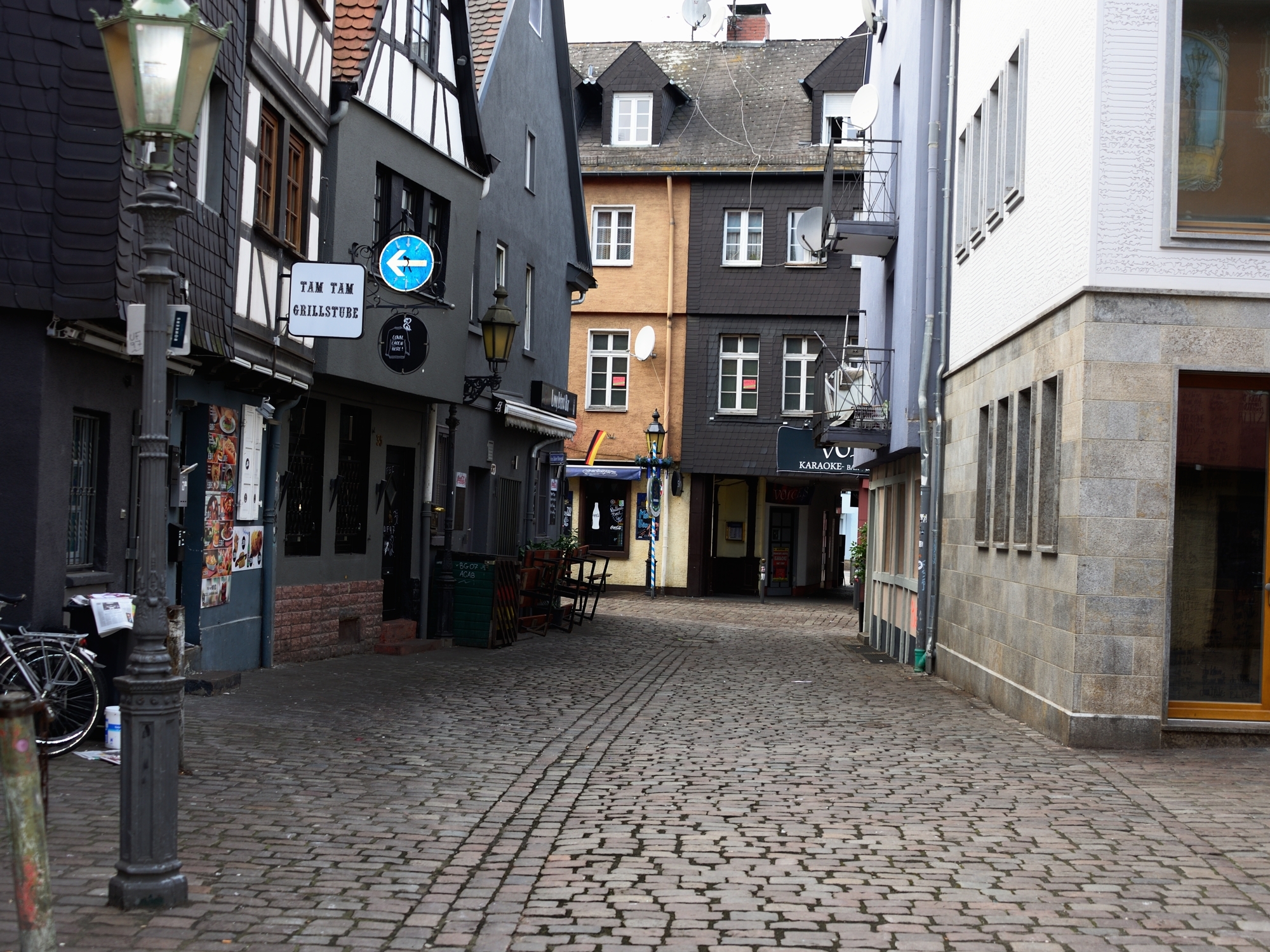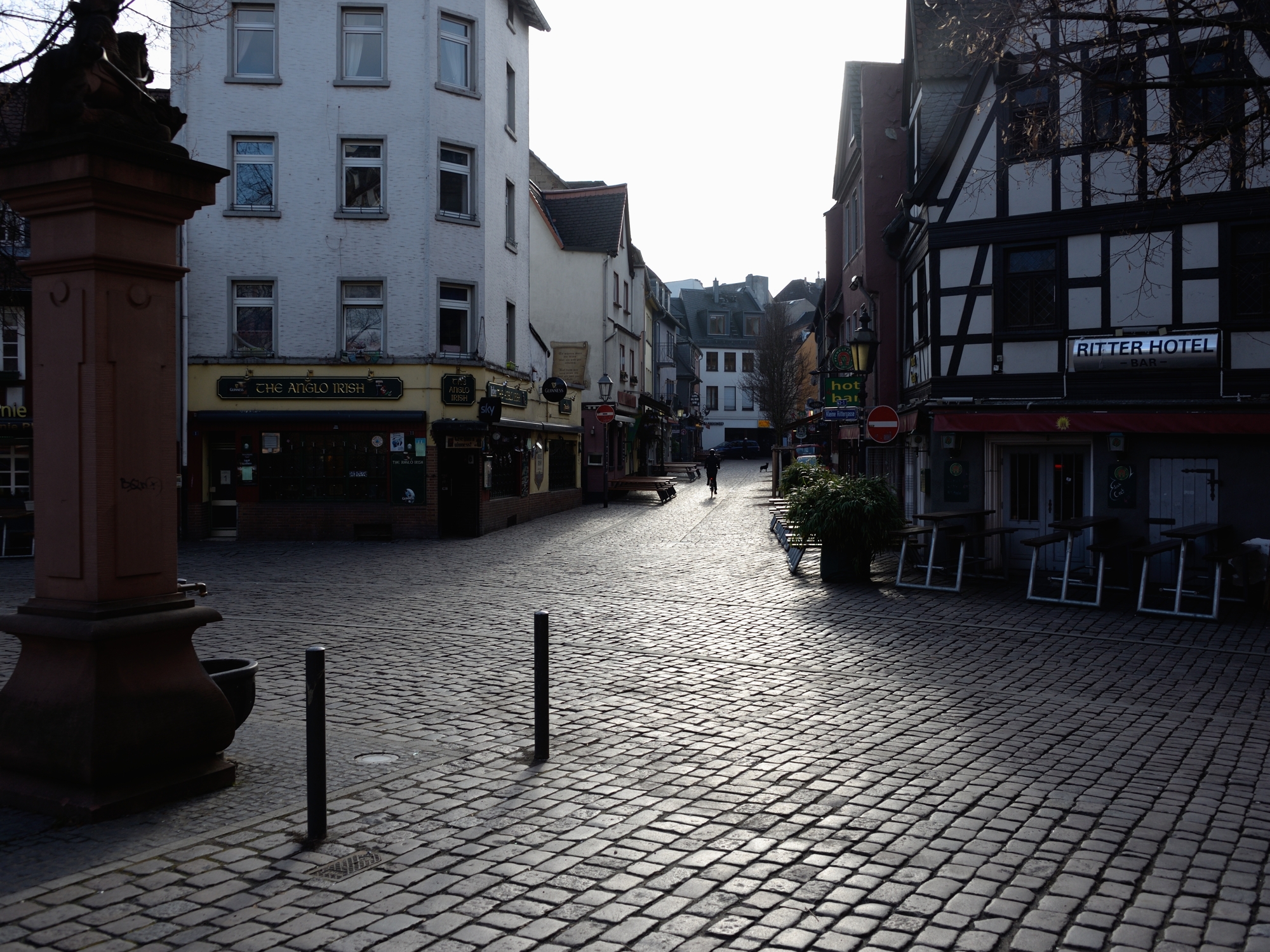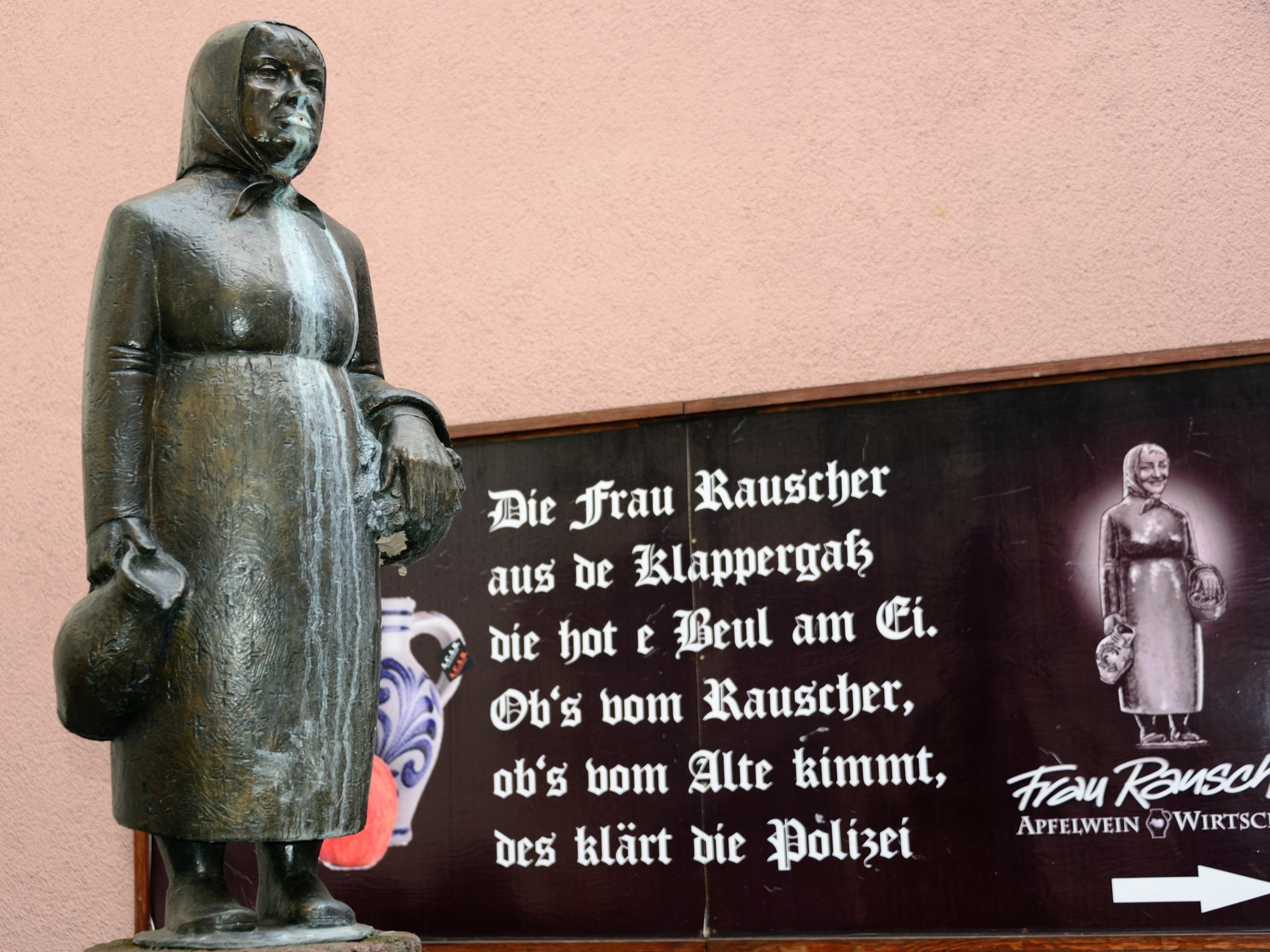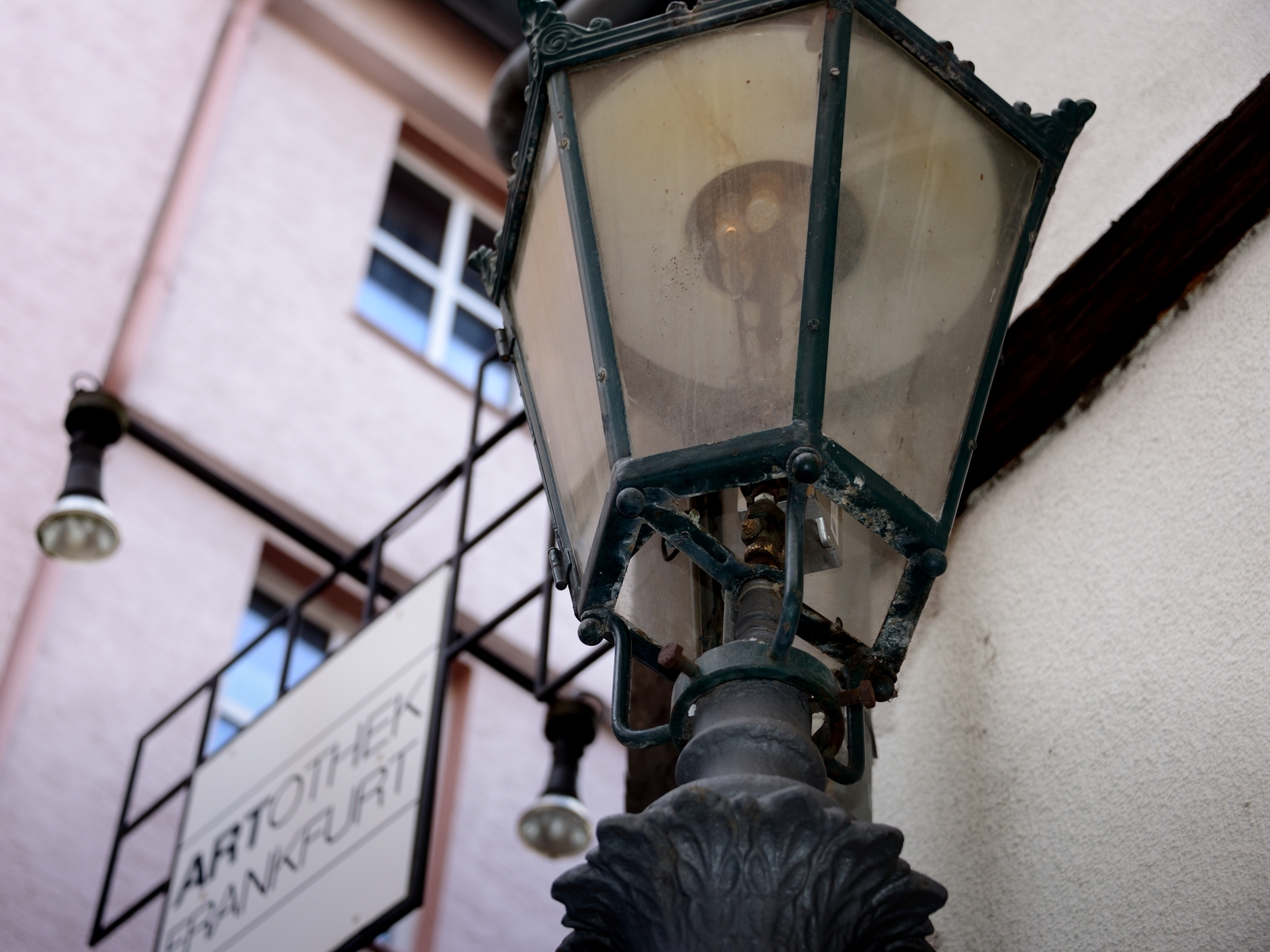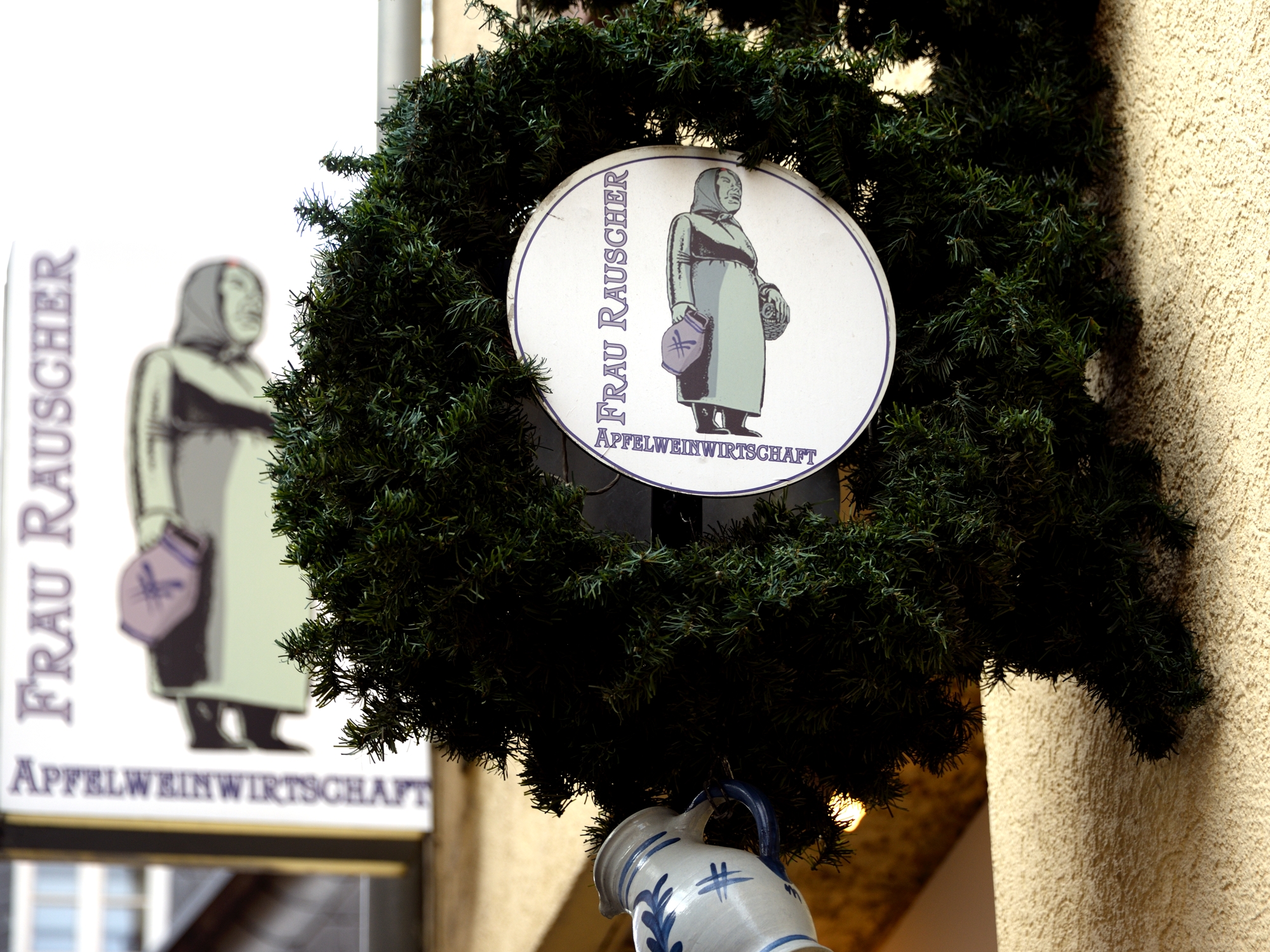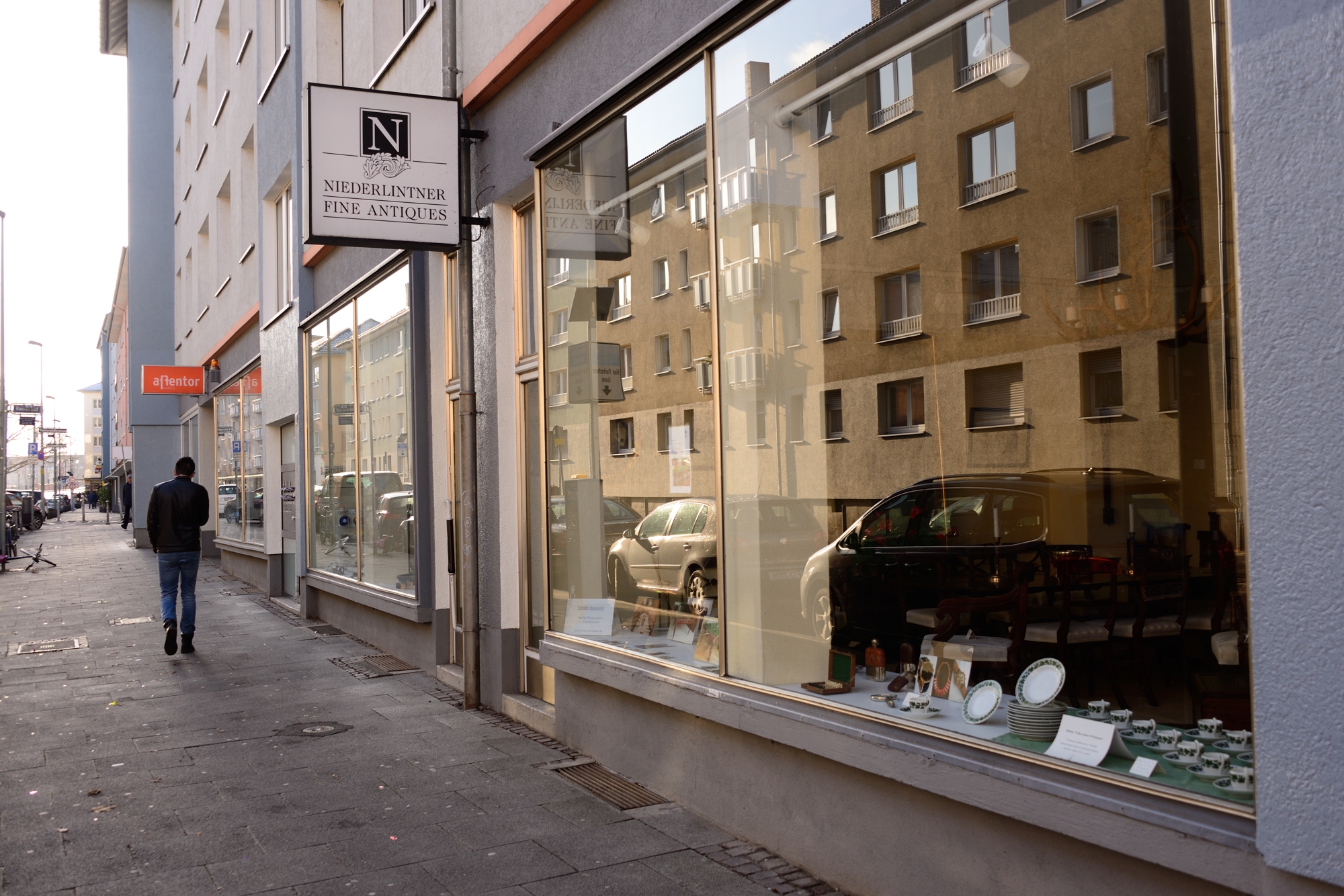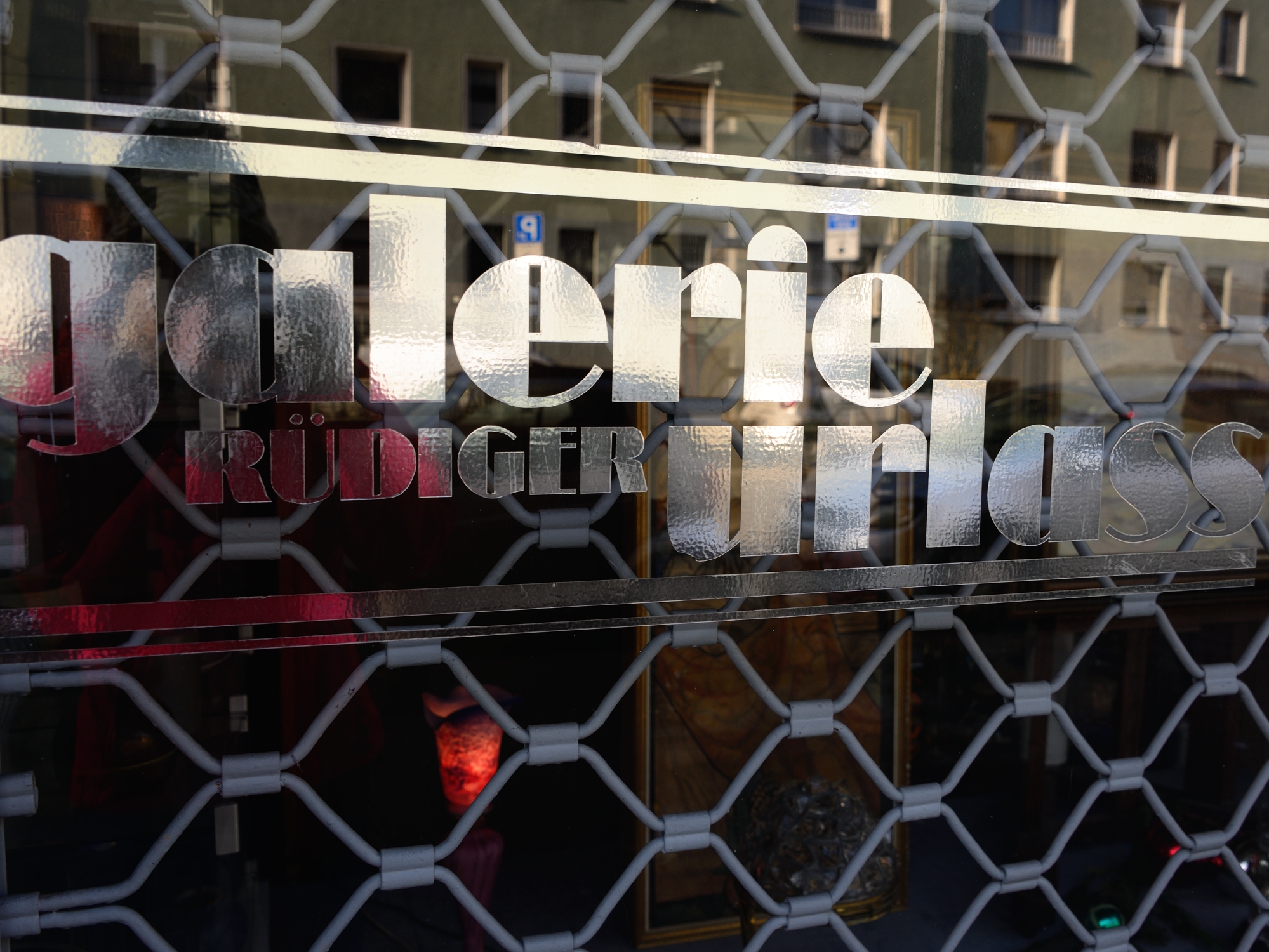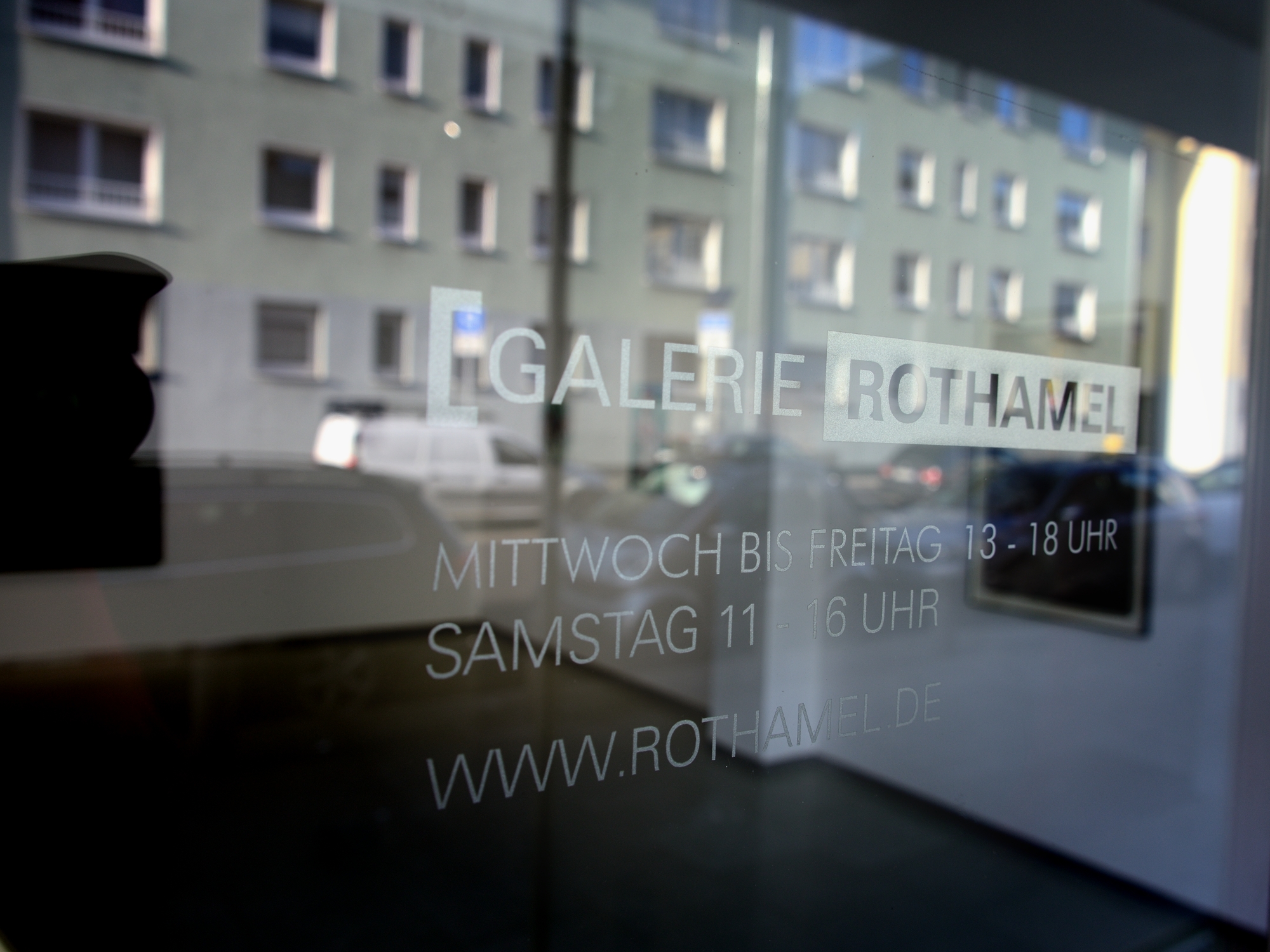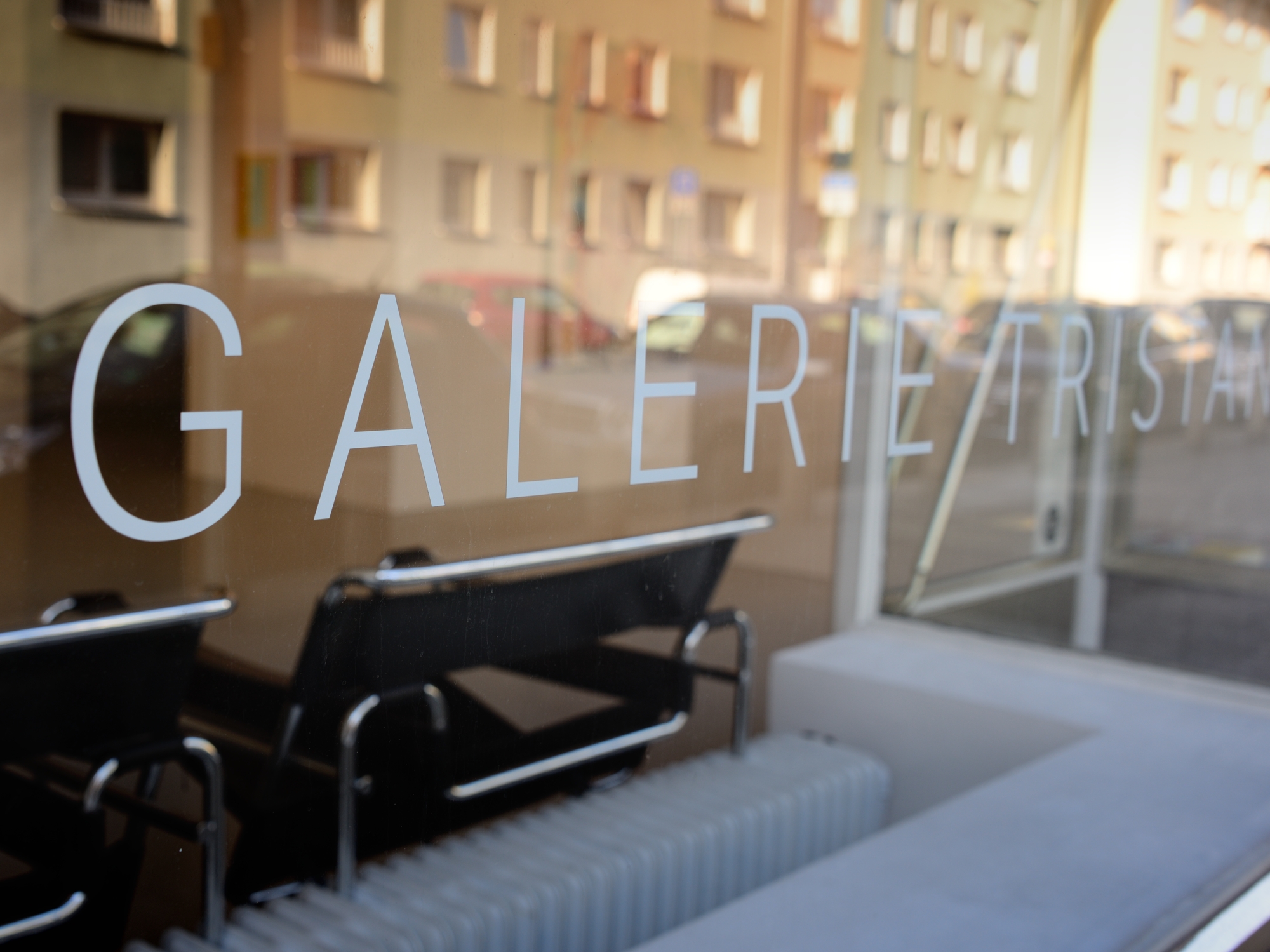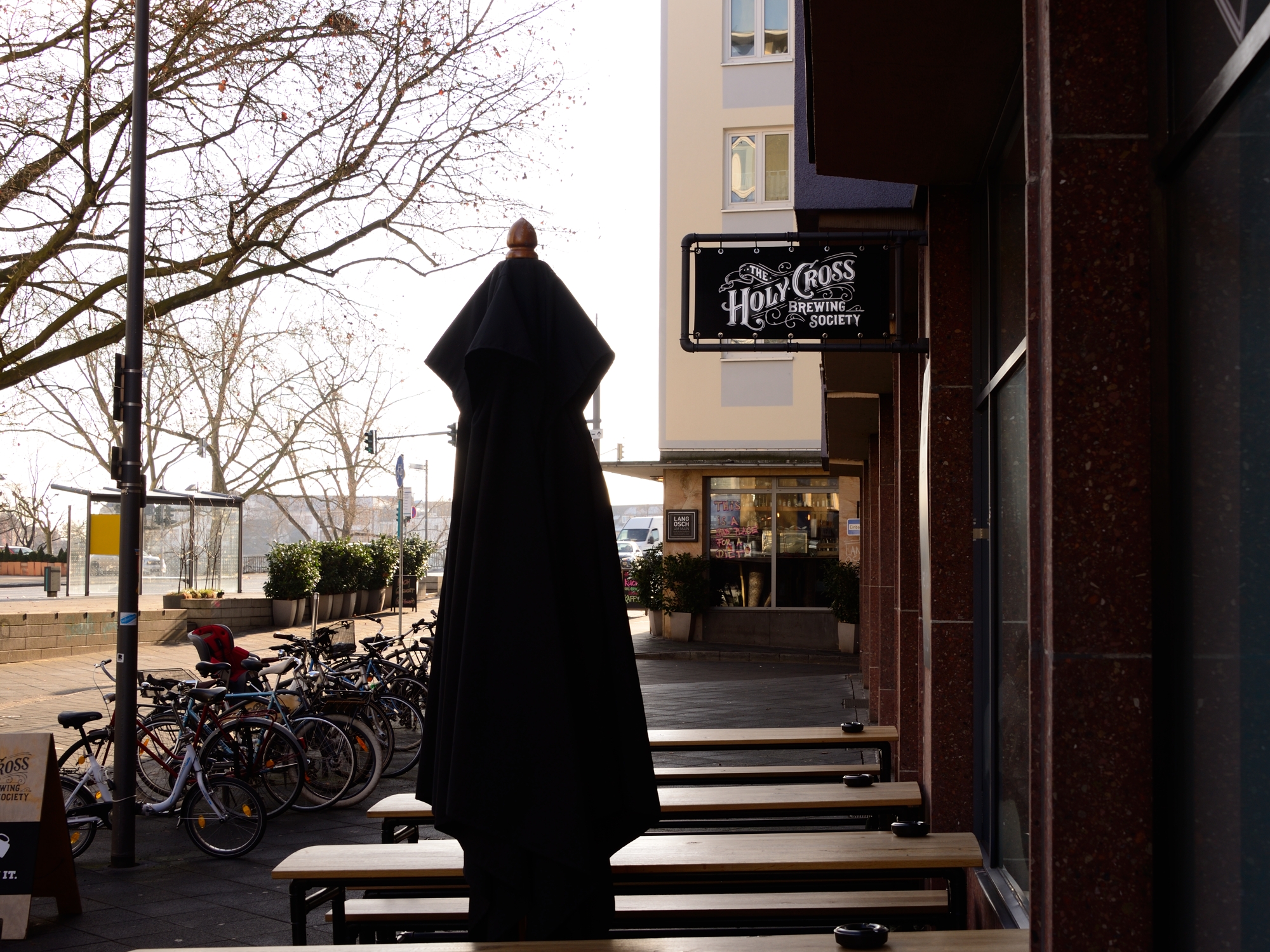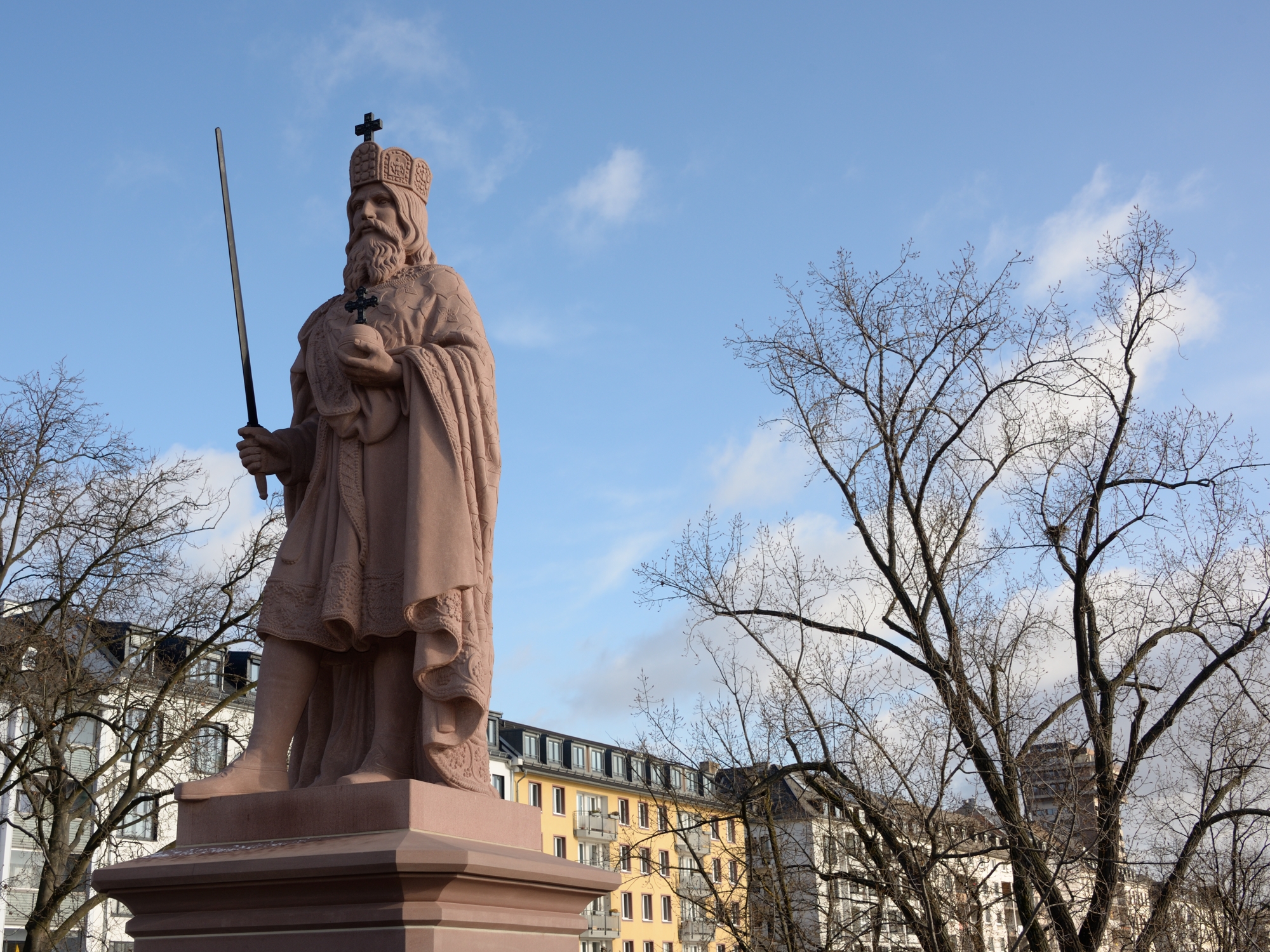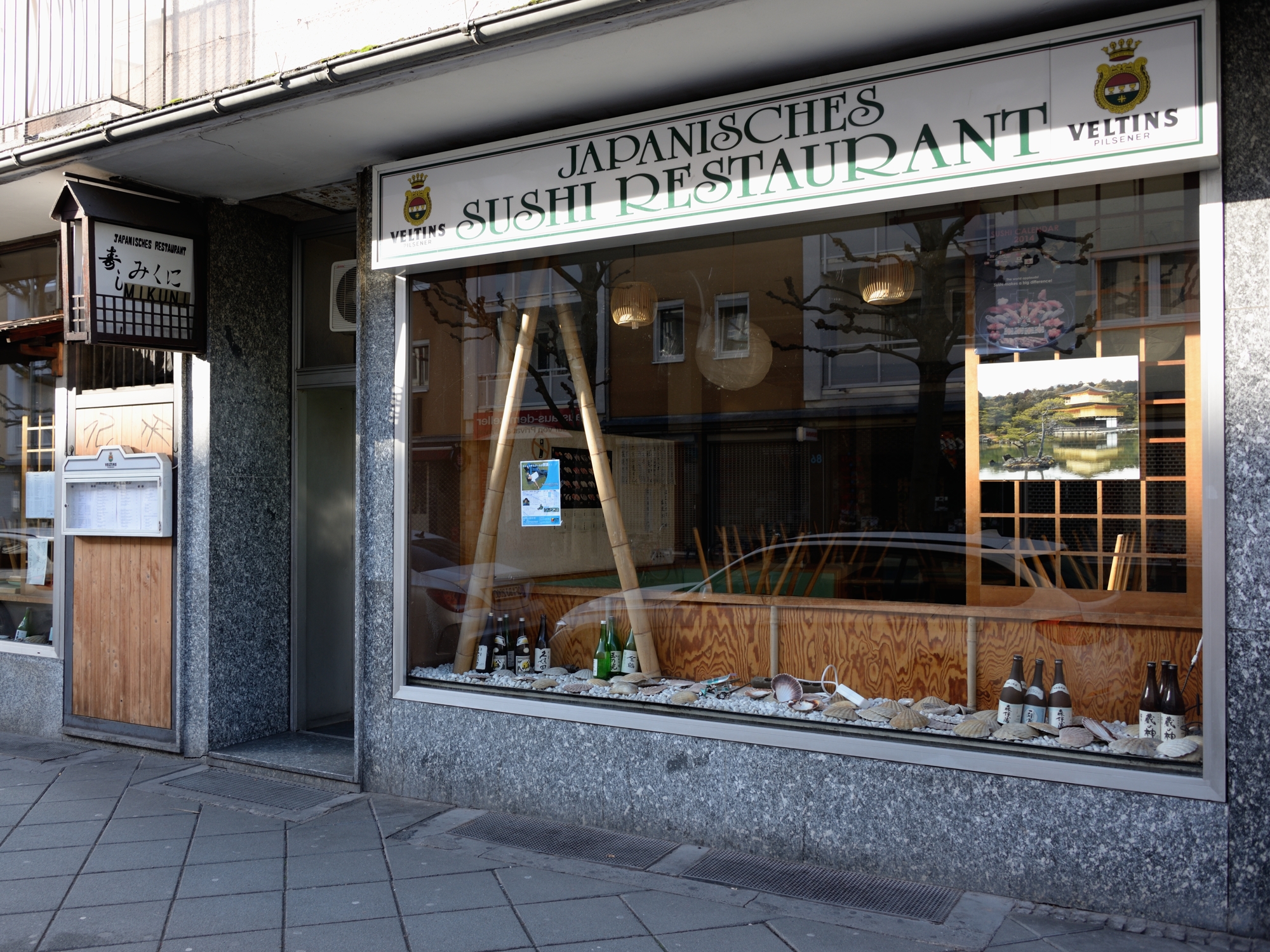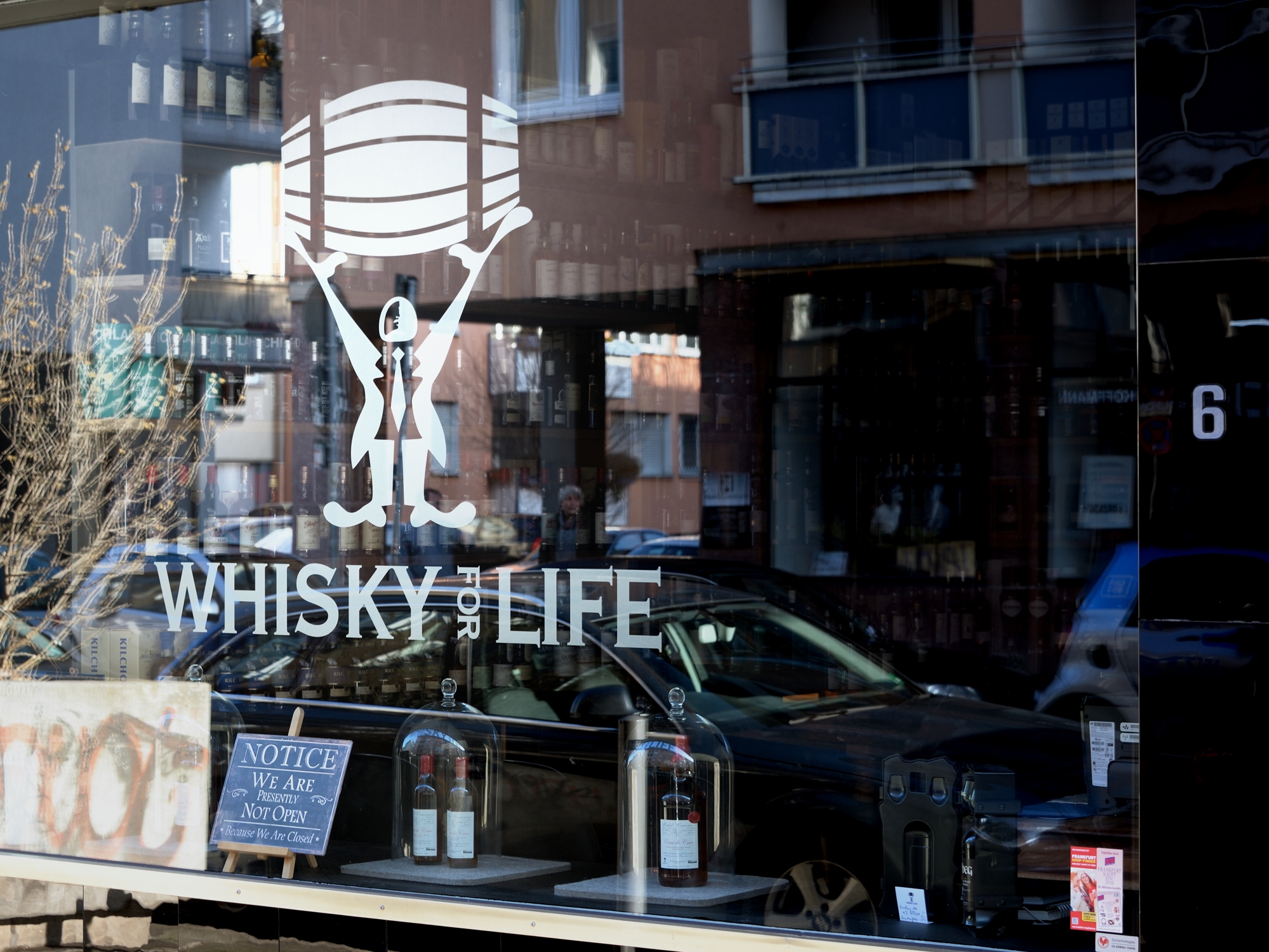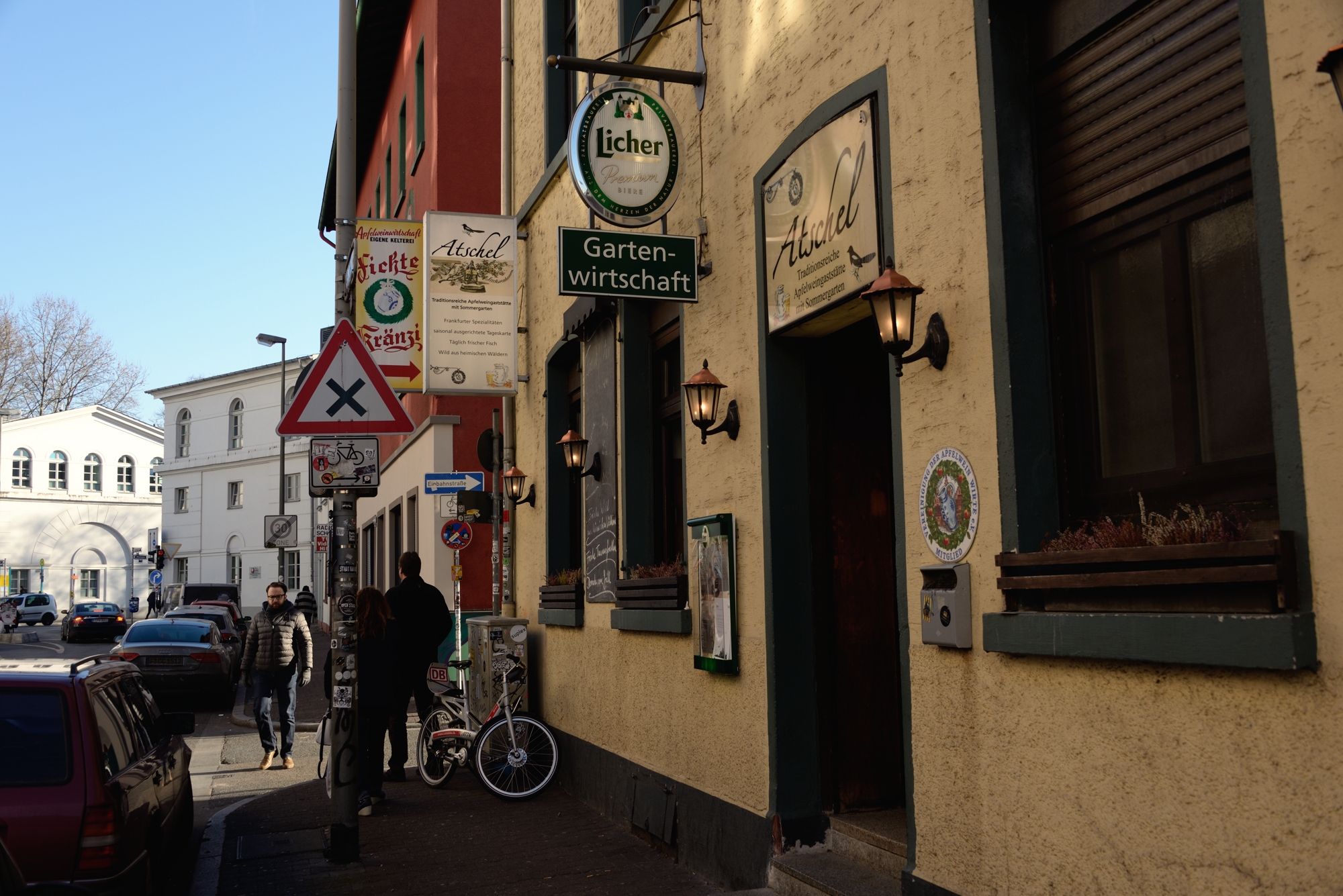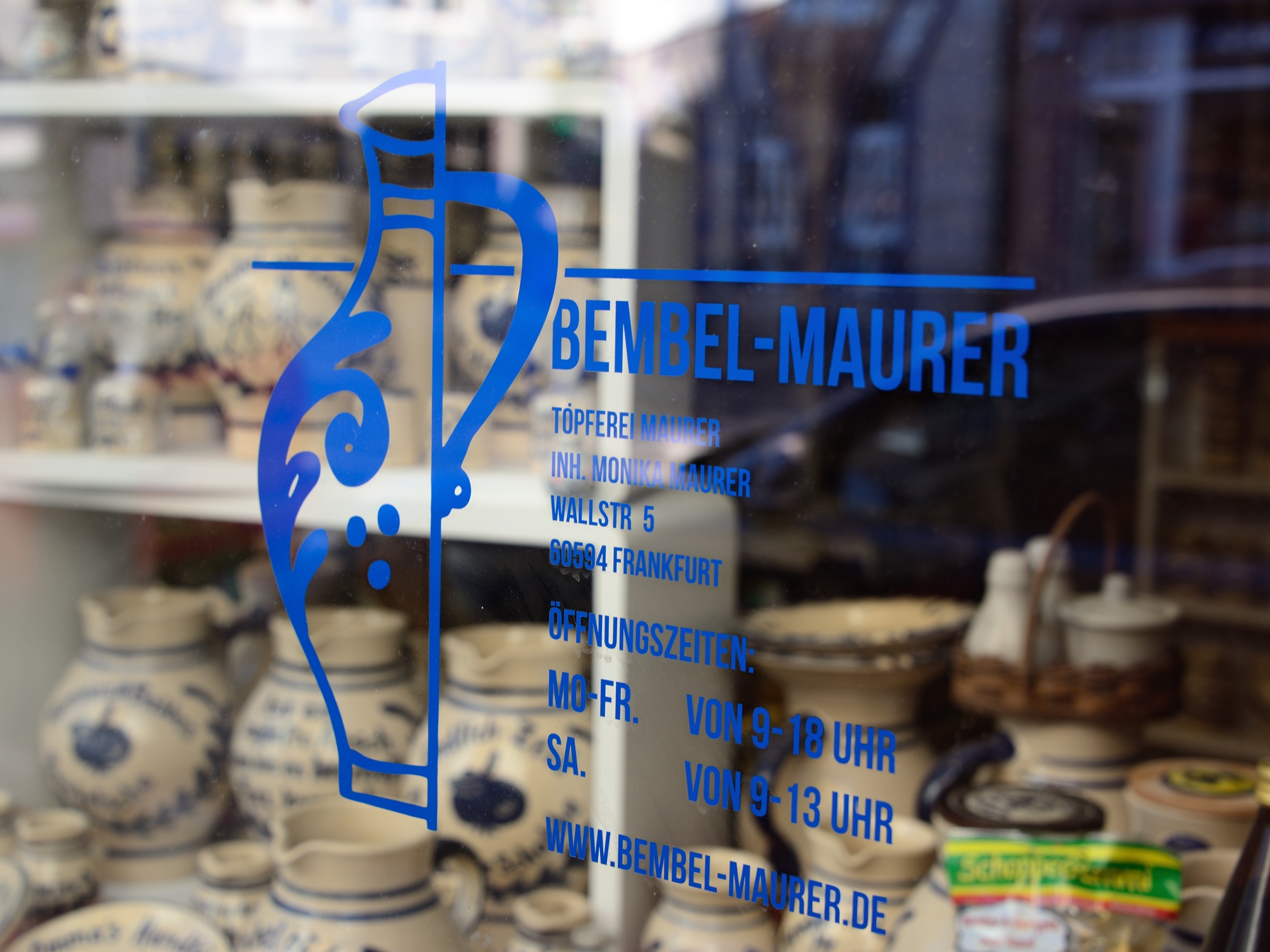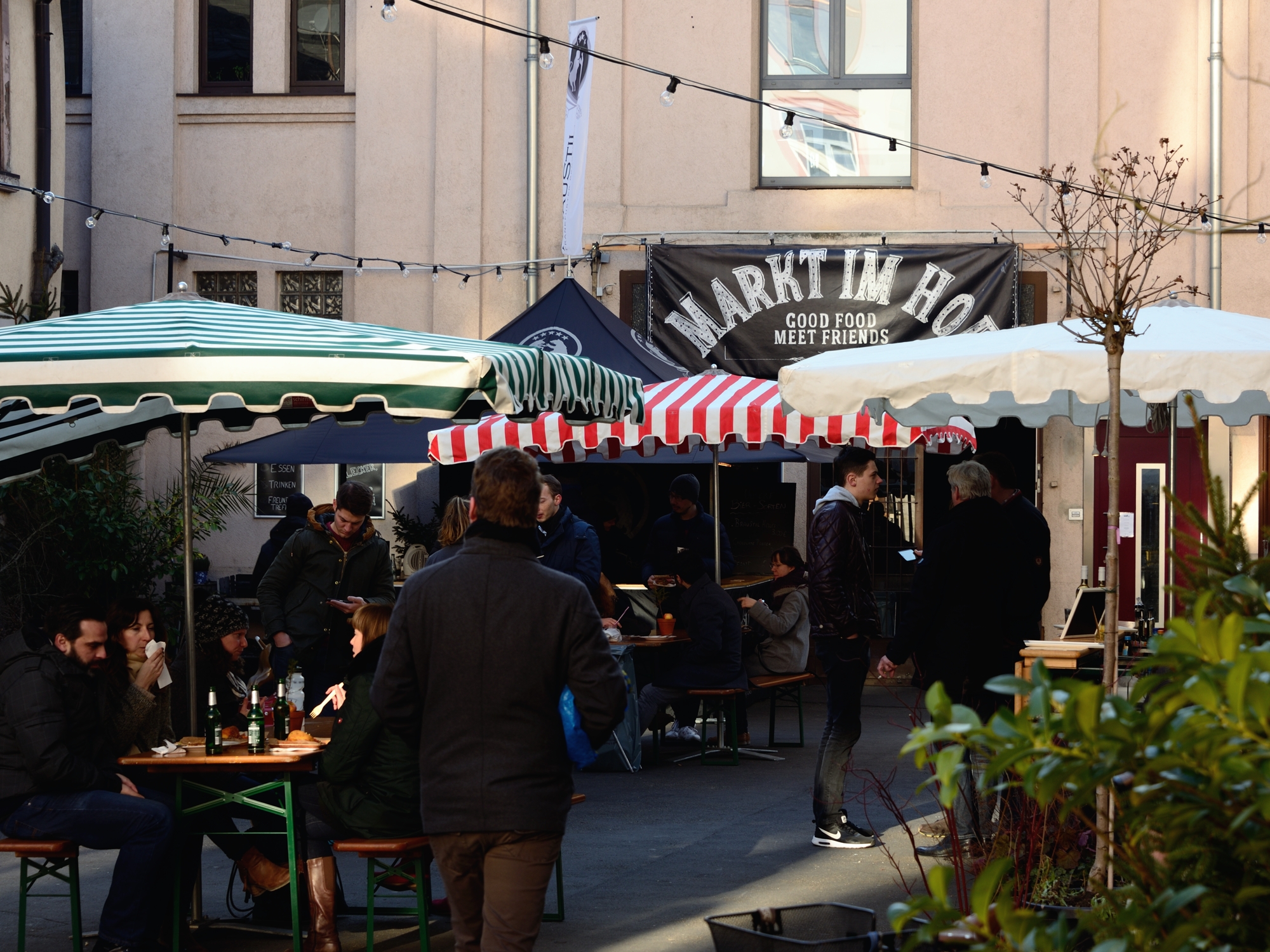Walking around old Sachsenhausen (Alt Sachsenhausen)
/Old Sachsenhausen, south of the river, is a unique part of Frankfurt. Today the area comes alive at night, crammed as it is with bars, clubs and apple wine taverns but take a closer look and you will notice traditional cobbled streets, gas lamps and old medieval houses.
Große Rittergasse, Sachsenhausen in Frankfurt
First mentioned in a document back in the 12th century, old Sachsenhausen became the place where the fishermen, weavers, and the other poorer classes lived. The area survived the devastation of the second war and today offers a glimpse into the Frankfurt of old.
The easiest way to get to old Sachsenhausen is to walk cross the Alte Brücke (notes on other routes are at the bottom of this page). Once on the south side of the river, look in the direction of 10 o'clock and you'll see a side street (Große Rittergasse) running behind the youth hostel. Follow the side street and you'll suddenly find yourself standing next to the Kuhhirtenturm, the cowherds tower. Today it serves as a museum dedicated to the composer Hindemith, who converted the tower into accommodation and whose family lived here from 1923 until 1943. Only open on Sundays, it a great little museum offering information in English and German. The link above offers more details.
Kuhhirtenturm, now a museum to the composer Hindemith, open on Sundays.
Wander along Große Rittergasse. Many of the bars and building you see are old timber frame houses but the facades were covered over in a post war attempt to modernise the rickety old buildings. At the junction of Frankensteiner Straße stands one of many traditional water fountains you can find around old Sachsenhausen. These pink sandstone pillars, decorated on top with statues of people, animals and, in one case, even an artichoke were meticulously restored by Georg Krämer in the 1950/60s. Every year since 1490 the local folk of Sachsenhausen host a fest (during the 3rd weekend in August) to celebrate the fountains and their vital source of water.
If you are in the mood for a coffee stop by the Libertine cafe which offers home-made cakes in the afternoon. It also offers breakfast and in the evening the cafe becomes a trendy bar!
Next, wander up the cobbled lane of Kleine Rittergasse. If you're here in the evening stop by the street lamps and take a close look. Many of these old lamps are still lit by gas, if you're not sure whether it's a genuine old lamp or not, have a listen and you'll hear the gentle hiss of gas. Near the top of Kleine Rittergasse, turn left into what looks like a dead end. Ahead of you is the back entrance to "Lorsbacher Thal" one of the traditional apple wine taverns, with a good reputation too. An idea place to stop and enjoy traditional fare such as Handkäse, grüne Söße and of course, apple wine.
Never heard of apple wine? More information is available on my apple wine blog post, but back to the business of old Sachsenhausen...
From the back entrance of the Lorsbach Thal, you can turn the corner and head left onto Klappergasse. More old houses and gas lamps, but this lane is particularly famous for it's statue dedicated to Frau Rauscher, who spits water at unsuspecting passers-by. She was a local character, known for drinking a little too much apple wine and even has a poem dedicated to her antics, this English version isn't a direct translation but works well as a rhyme: Mrs Rauscher’s been found with a bump on her head. Whether from apple wine or her old man, at least she ain’t dead.
A little further down the street is an unassuming door at number 3, but it's a great little jazz club, Summa Summarum. Once you walk through the door you descend the stairs into a deep cellar dating back to at least the 17th century. The club isn't always open so check the link to see if any acts are playing during your visit.
Summa Summarum, a great little live band venue and jazz club deep in the cellar of this old 17th century building
Wander back on yourself up Klappergasse and keep your eyes open for brass apples in the cobble stones which are a nod to the apple wine heritage of the area. At the end of the street join Kleine Rittergasse and walk towards Paradiesgasse. Turn left and in 30 metres turn left again for more apple wine taverns including, Dauth Schneider, with it's tree growing through the roof, and Klaane Sachsenhäuser with it's lovely courtyard. Alternatively, turn right and cross over the road into Wallstraße for the opportunity to explore more of Sachsenhausen as detailed in my other blog post, Konstablerwache to Sachsenhausen.
Brass apple depicting the trail through old sachsenhausen
Map and directions
Alt Sachsenhausen
A larger map detailing highlights of this blog is linked here. To get to old Sachsenhausen using public transport, take tram number 14 or 18 and alight at Frankensteiner Platz, or take the S-bahn or U-bahn to Südbahnhof and exit via Diesterwegplatz.
If you are in the area, don't forget the flea market, held every fortnight on a Saturday along the Museumsufer. Click on this link for up to date information.
The Museumsufer, which runs along the south bank of the river Main, offers plenty of museums to visit. This museums link will tell you more.





